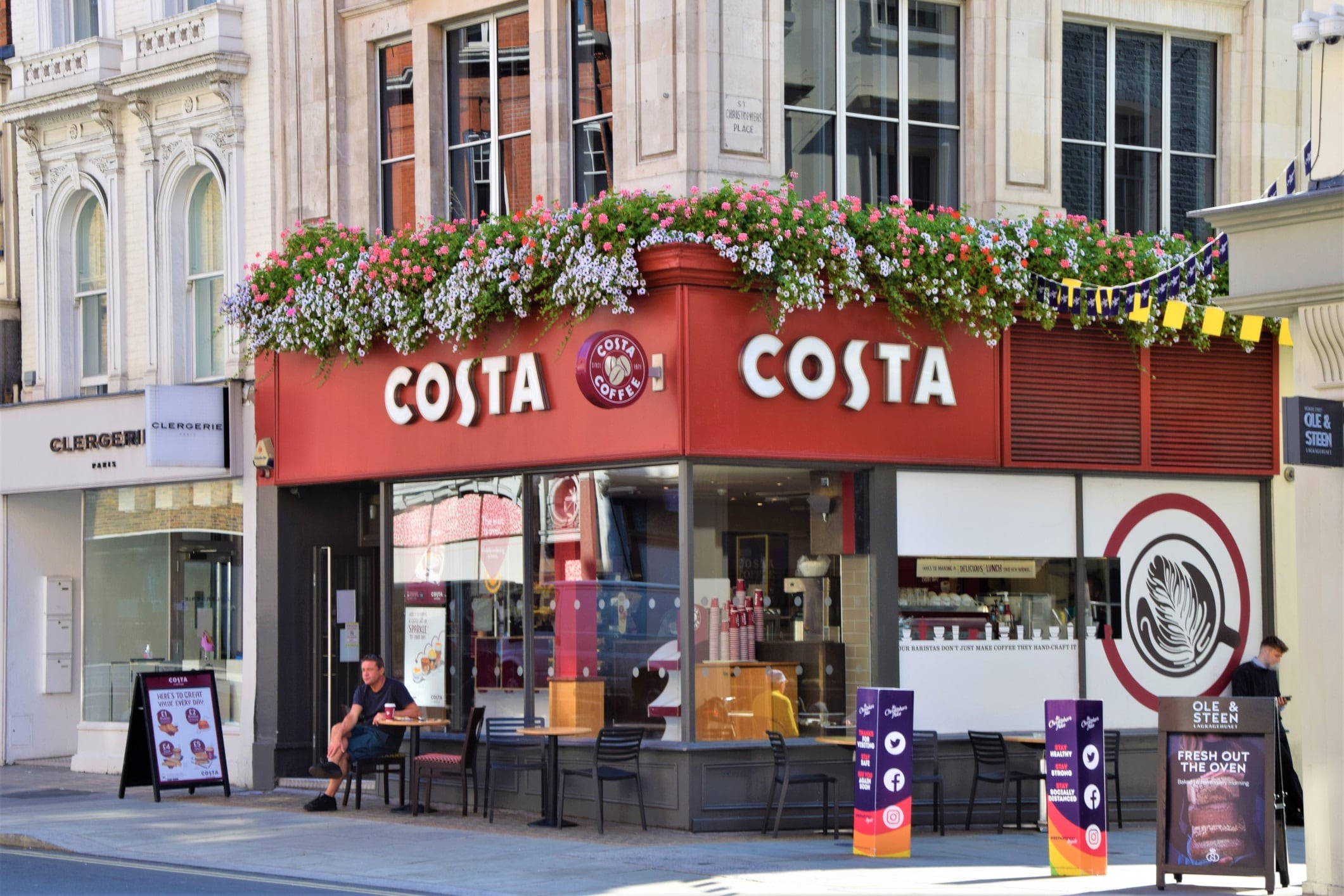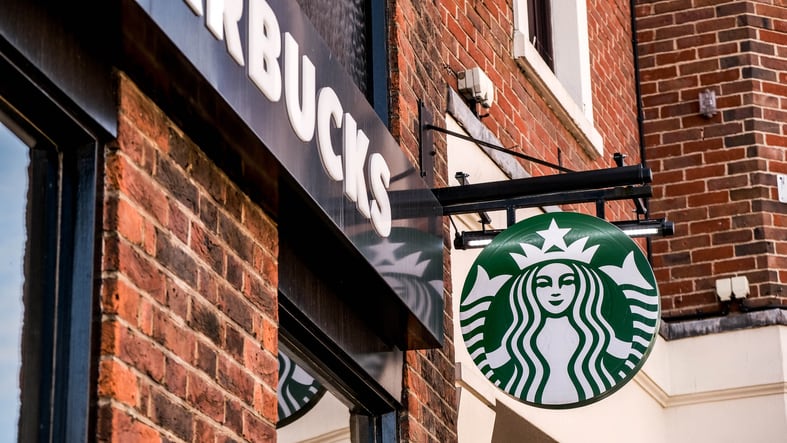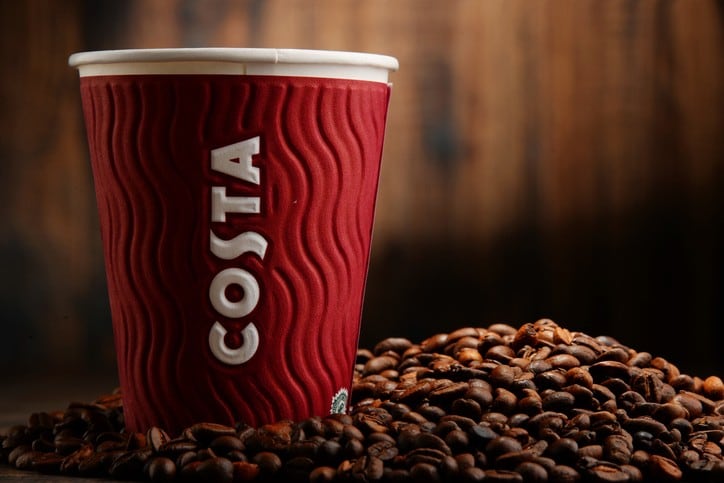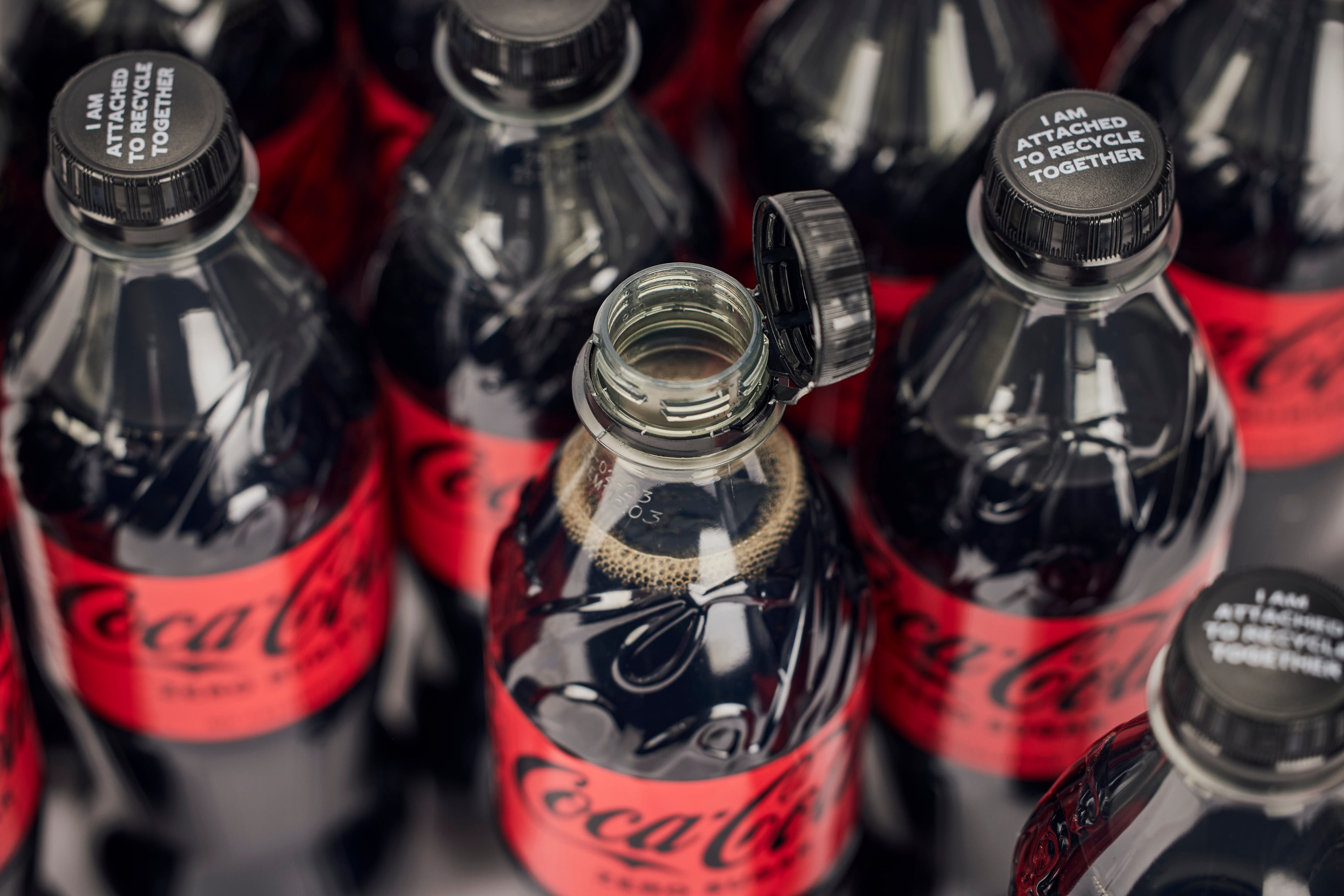Why might Coca-Cola Sell Costa Coffee? Key Summary
- Coca-Cola bought Costa Coffee for £3.9bn in January 2019
- Costa failed to meet expectations and posted a £9.6m pre-tax loss
- Analysts say Coca-Cola misjudged the café market’s complexity and costs
- COVID-19 worsened losses as Costa lagged in innovation and recovery
- Sale reflects wider CPG trend of streamlining portfolios for core growth
Rumours that Coca-Cola is planning to offload Costa Coffee began swirling last week, after it was reported the beverage giant is in talks with a number of potential bidders for the British coffee chain.
It’s since been revealed that two major asset management firms - Apollo Global Management and KKR - have displayed an interest in taking on the coffee business, which operates more than 2,000 stores in the UK, and 3,000 worldwide.
Coca-Cola completed the £3.9bn (€4.4bn) purchase of Costa Coffee back in January 2019. But the relationship failed to meet expectations, with Coca-Cola chief executive James Quincey announcing in July that Costa had “not quite delivered” and was “not where we wanted it to be from an investment hypothesis point of view”.
So, what went wrong for Coca-Cola and Costa? And what lessons can other major CPGs learn from their failed union?

What went wrong for Coca-Cola & Costa?
Coca-Cola’s acquisition of Costa Coffee was intended to mark a landmark entry into the global hot drinks category, a gap in its otherwise vast beverage portfolio.
The problem, it seems, is that Coca-Cola failed to understand the market it was entering.
“The strategy faltered almost immediately,” says Nandini Roy Choudhury, principal consultant for the food and beverage at analytics group Future Market Insights.
What’s more, industry analysts believe Coca-Cola overpaid (£3.9bn) for the coffee chain, which was already known to be facing slowing growth and intense competition from US coffee chain Starbucks, British sandwich brand Pret A Manger, and a wave of boutique coffee shops that were proving particularly popular with younger consumers.
“Coca-Cola underestimated how capital-intensive and operationally demanding the café business is, compared to Coca-Cola’s traditional concentrate and bottling model,” says Choudhury.
Unforeseen circumstances, in the form of COVID-19, further magnified these weaknesses, causing store closures, rising rents, and consumer shifts to at-home consumption.
Coca-Cola underestimated how capital-intensive and operationally demanding the café business is
Nandini Roy Choudhury, Future Market Insights
Though Costa’s failure to adapt to these changes exacerbated the problem.
“Even as competitors recovered through digital ordering and premium repositioning, Costa lagged behind in innovation and international expansion,” says Choudhury.
The one show of ingenuity - Costa Express vending machines, which closely aligned with Coca-Cola’s distribution strengths - weren’t enough to offset already sizeable losses (2023 revenue: £1.2bn - pre-tax loss: £9.6m).
Revenues remained below pre-acquisition levels, and profitability collapsed into losses, a stark contrast to Coca-Cola’s typically high-margin businesses.
Added to this, the retail café sector is fundamentally different from Coca-Cola’s core beverage business. Café chains like Costa Coffee are built on operational excellence - managing real estate leases, navigating high labour turnover, handling fresh food logistics, and delivering consistent customer service. Profitability relies on high daily transaction volumes, optimal site selection, and the ability to adapt quickly to local consumer tastes.
Coca-Cola, by contrast, has thrived for over a century with an asset-light model. Its focus is producing beverage concentrates, building global brand equity, and partnering with bottlers and distributors who shoulder the burden of capital expenditure, labour, and logistics. The result is a lean, scalable, and high-margin business that operates with relatively little exposure to localised retail challenges.
“In essence, the acquisition suffered from strategic hubris,” says Choudhury. “Coca-Cola tried to graft a service-heavy retail chain onto an asset-light, brand-driven model - and the cultures never blended.”
This stark difference meant Coca-Cola struggled to integrate Costa effectively.
“The Costa Express vending machine network fit neatly within Coca-Cola’s traditional distribution model, leveraging its scale and efficiency,” says Choudhury. “The café estate demanded an entirely different skill set - something Coca-Cola neither had internally nor developed sufficiently post-acquisition.”
Coca-Cola underestimated the complexity of running a service-heavy, retail-facing business. The underperformance reflects not just macroeconomic headwinds, but also a fundamental mismatch between the operational DNA of Coca-Cola and Costa Coffee.
“For Coca-Cola, Costa Coffee represented a bold but ultimately ill-fitting extension into retail services,” says Choudhury.

Food and beverage spin-off trend
The potential sale follows a slew of sell-offs by major food and beverage companies. Unilever is offloading its ice cream business along with other big-name food brands. The Kellogg Company split, creating Kellanova and WK Kellogg. And just this morning, food giant Kraft Heinz confirmed plans to separate into two independent, publicly traded companies through a tax-free spin-off.
It’s safe to say, the industry has been busy making plans and there could be more announcements to come.
“The reported sale of Costa Coffee aligns with a broader trend of large consumer packaged goods (CPG) companies reassessing and simplifying their portfolios,” says Choudhury. “Across the sector, firms are moving away from sprawling, diversified structures toward leaner models that focus on core strengths and higher-margin growth areas.”

Buying for market dominance
While many are spinning-off assets, some companies are bucking the trend with acquisitions.
Keurig Dr Pepper’s acquisition of JDE Peet’s shows that some companies are still in the spending mood, with a strategy of market dominance.
Associated British Foods (ABF) has confirmed it’s buying rival bakery brand Hovis, Mars, Inc. is in the process of buying snack brand Kellanova, and the Ferrero Group is set to buy cereal maker WK Kellogg.
“These contrasting moves reflect a common reality,” says Choudhury. “Companies are under pressure to either own the top tier in a category or exit it altogether.”
But who’s next to make a move? Watch this space to find out.


